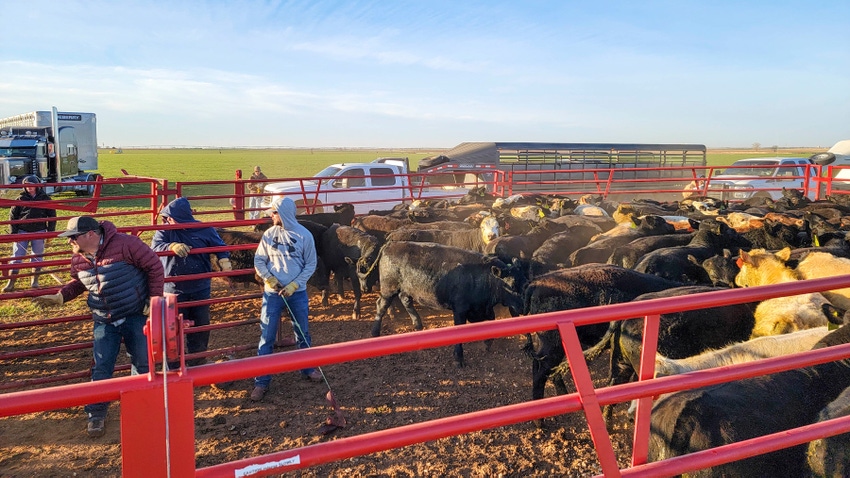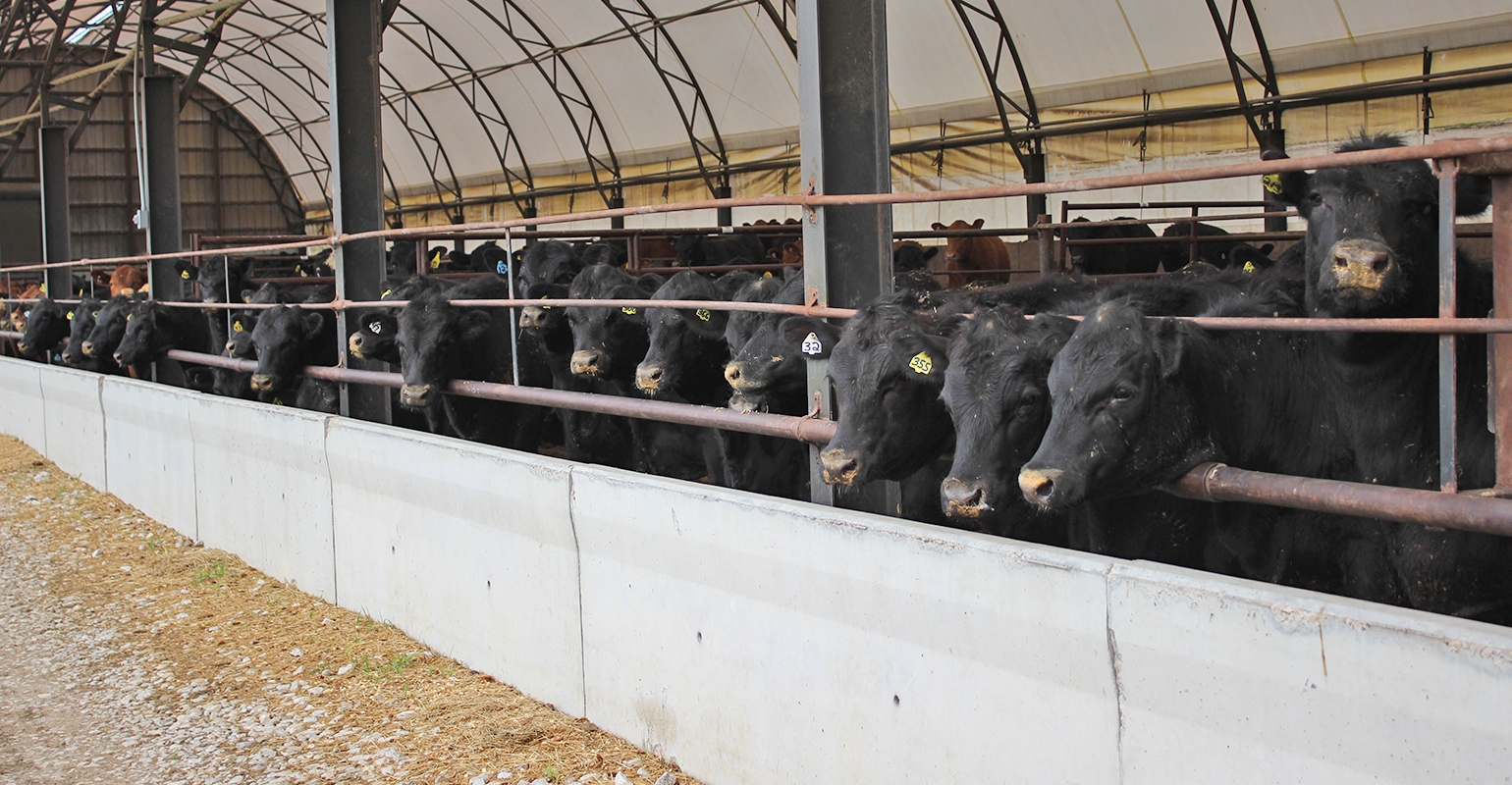Bagley Risk Management Solutions: Your Guard Versus Unpredictability
Understanding Livestock Risk Security (LRP) Insurance Coverage: A Comprehensive Overview
Navigating the realm of animals threat protection (LRP) insurance policy can be a complicated endeavor for many in the farming industry. This sort of insurance supplies a safeguard versus market fluctuations and unforeseen circumstances that could influence livestock manufacturers. By comprehending the details of LRP insurance coverage, producers can make enlightened decisions that might safeguard their operations from monetary risks. From just how LRP insurance works to the various protection choices readily available, there is much to uncover in this detailed overview that can potentially form the means livestock manufacturers come close to danger management in their companies.

How LRP Insurance Functions
Occasionally, comprehending the auto mechanics of Animals Threat Security (LRP) insurance coverage can be intricate, yet damaging down how it works can supply clearness for herdsmans and farmers. LRP insurance policy is a threat administration tool created to shield livestock manufacturers against unforeseen price decreases. It's essential to note that LRP insurance policy is not a revenue guarantee; rather, it focuses solely on price risk protection.
Qualification and Insurance Coverage Options

When it comes to coverage options, LRP insurance coverage uses manufacturers the adaptability to pick the insurance coverage degree, coverage duration, and recommendations that best match their threat monitoring needs. By recognizing the qualification criteria and coverage alternatives readily available, livestock producers can make enlightened choices to handle danger properly.
Advantages And Disadvantages of LRP Insurance
When evaluating Animals Risk Protection (LRP) insurance policy, it is important for animals manufacturers to evaluate the advantages and drawbacks fundamental in this threat management device.

One of the main benefits of LRP insurance is its capacity to provide security against a decrease in livestock prices. Furthermore, LRP insurance uses a degree of adaptability, allowing producers to customize protection levels and policy durations to suit their particular needs.
Nevertheless, there are likewise some disadvantages to think about. One restriction of LRP insurance policy is that it does not secure against all types of risks, such as disease break outs or all-natural catastrophes. Moreover, costs can occasionally be pricey, specifically for manufacturers with big livestock herds. It is critical for producers to meticulously analyze their private danger exposure and economic scenario to figure out if LRP insurance policy is the ideal risk monitoring device for their operation.
Understanding LRP Insurance Policy Premiums

Tips for Making The Most Of LRP Benefits
Optimizing the benefits of Livestock Risk Defense (LRP) insurance needs critical preparation and aggressive threat administration - Bagley Risk Management. To make the most of your LRP coverage, think about the following suggestions:
On A Regular Basis Assess Market Conditions: Remain notified regarding market fads and rate changes in the livestock market. By monitoring these aspects, check this site out you can make enlightened choices about when to buy LRP protection to secure versus prospective losses.
Establish Realistic Insurance Coverage Degrees: When picking coverage degrees, consider your manufacturing prices, market price of animals, and potential risks - Bagley Risk Management. Setting sensible protection levels guarantees that you are properly safeguarded without overpaying for unnecessary insurance coverage
Expand Your Protection: As opposed to relying entirely on LRP insurance, consider expanding your risk management strategies. Combining LRP with various other threat administration devices such as futures agreements or alternatives can offer thorough protection against market uncertainties.
Testimonial and Adjust Protection On a regular basis: As market conditions change, periodically review your LRP protection to ensure it aligns with your current threat exposure. Readjusting insurance coverage levels and timing of acquisitions can assist optimize your risk protection approach. By complying with these tips, you can maximize the advantages of LRP insurance coverage and secure your livestock procedure against unpredicted risks.
Verdict
In final thought, animals threat security (LRP) insurance policy is an important device for farmers to handle the financial dangers connected with their livestock operations. By comprehending how LRP works, eligibility and coverage choices, along with the advantages and disadvantages of this insurance policy, farmers can make informed choices to shield their source of incomes. By carefully thinking about LRP costs and implementing approaches to optimize benefits, farmers can alleviate possible losses and make certain the sustainability of their operations.
Livestock producers interested in obtaining Livestock Threat Protection (LRP) insurance policy can discover a variety of qualification criteria and coverage options customized to their details livestock operations.When it comes to protection alternatives, LRP insurance policy supplies manufacturers the flexibility to select the protection degree, insurance coverage period, and endorsements that best suit their risk administration requirements.To understand the complexities of Animals Threat Defense (LRP) insurance policy fully, comprehending the variables visit site affecting LRP insurance policy premiums is essential. LRP insurance premiums are established by various components, consisting of the protection degree selected, the expected rate of livestock at the end of the coverage duration, the kind of livestock being insured, and the length of the insurance coverage duration.Evaluation and Change Protection Consistently: As market problems change, occasionally review your LRP protection to guarantee it straightens with your existing risk exposure.